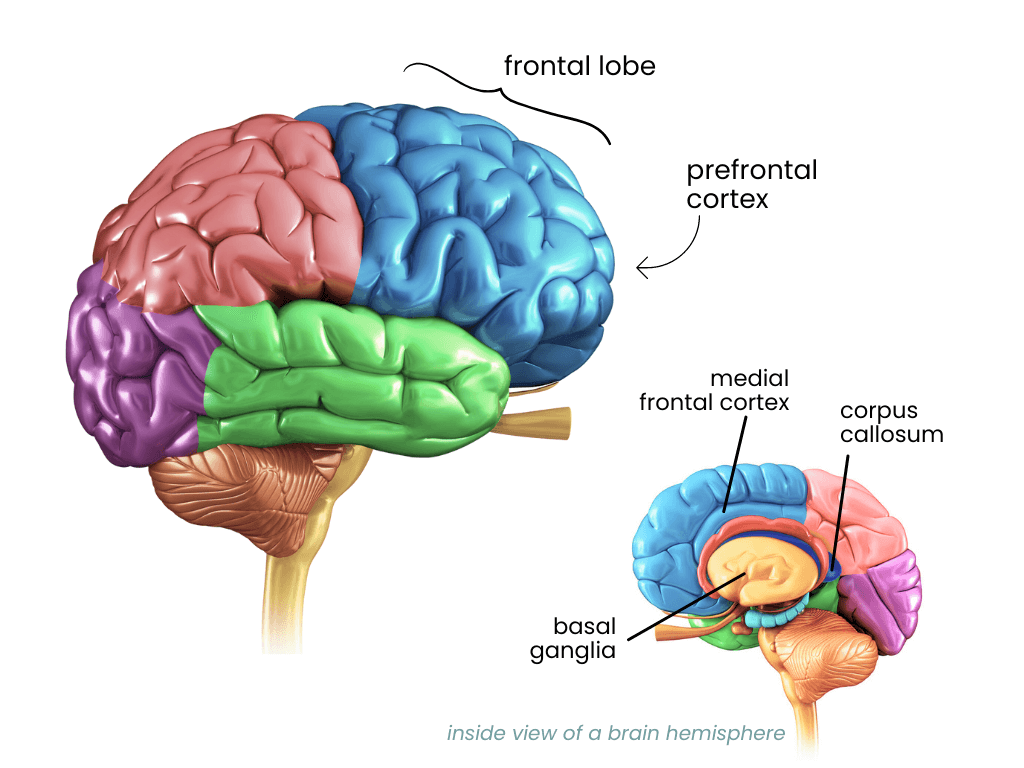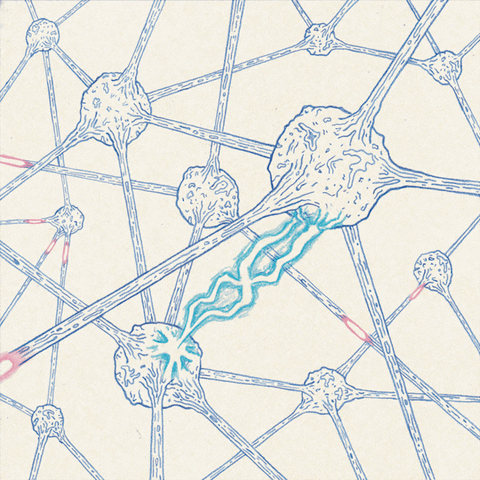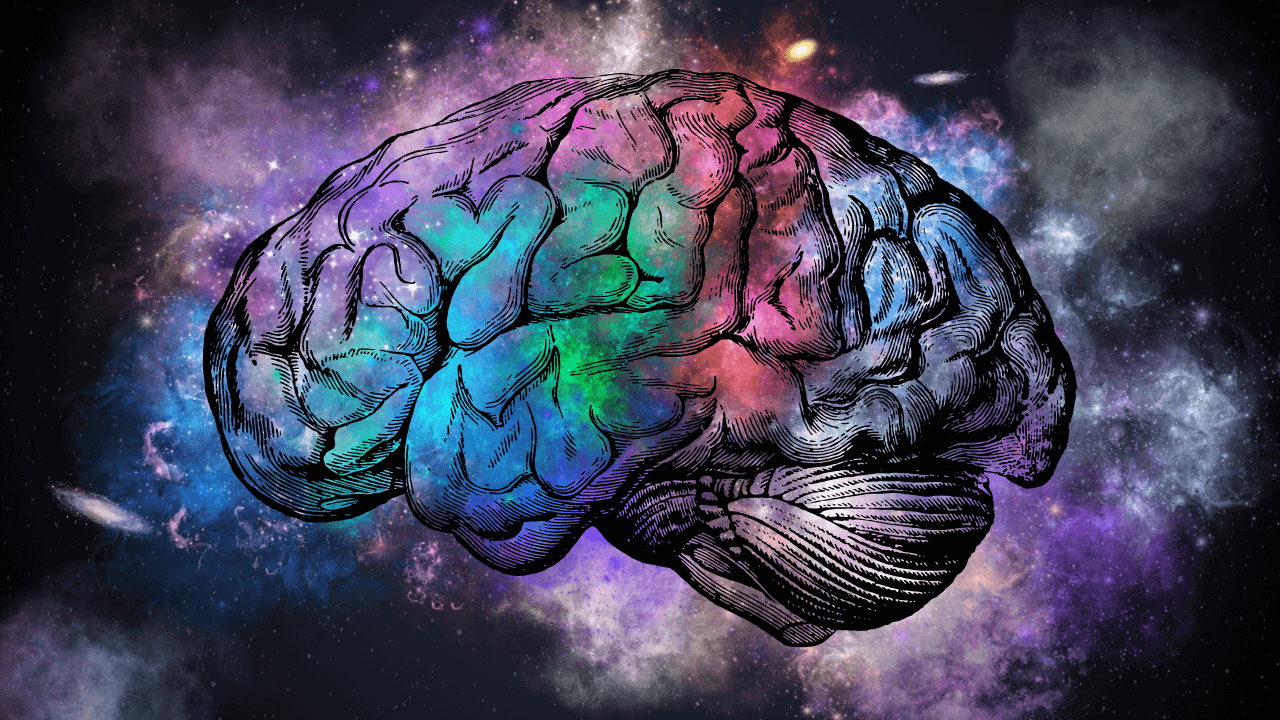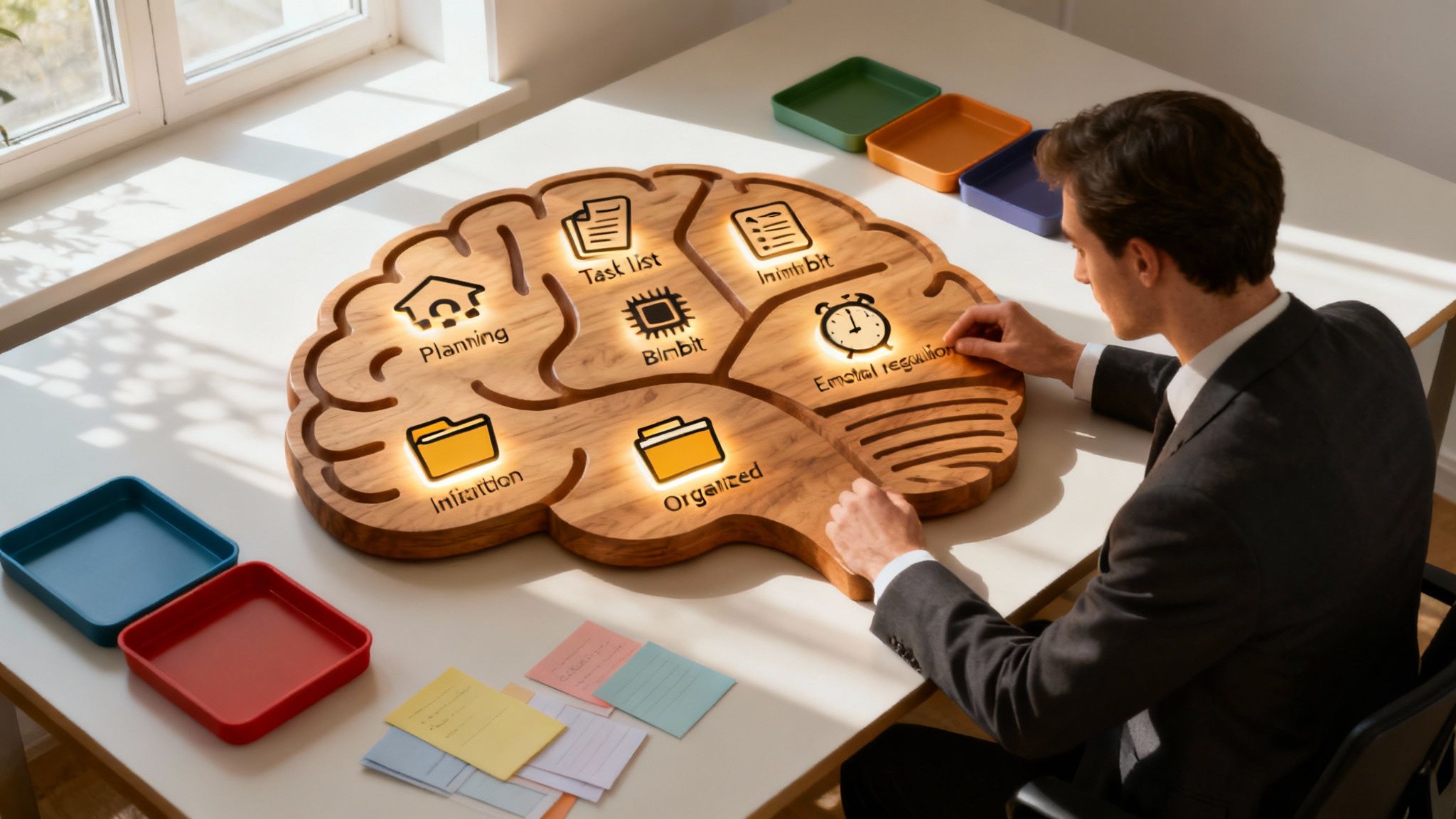If you have ADHD, you've probably endured a lot of unasked-for opinions.
When my youngest daughter was six or seven, a fellow mom I barely knew expressed (what I can only describe as) genuine offense when she overheard me discussing methylphenidate with my daughter's teacher. And let's not forget the myriad of busy-bodies who believe ADHD is caused by "bad parenting."
Ugh. Why are there still so many myths and misconceptions about ADHD? It's 2023!
Well, folks, nothing says "you're wrong" like science.
Modern research makes it very clear that people with attention-deficit/hyperactivity disorder (ADHD) have brain structures and functions that are different from neurotypical people. In other words, common ADHD symptoms like inattention, impulsivity, and disorganization all have neurobiological causes.
Understanding those causes can not only guide you in finding coping strategies, but it can also help you make peace with—and even learn to embrace—your ADHD brain.
Interested in learning what part of the brain ADHD comes from? Well - science says it isn't just one part. Instead, a variety of brain regions and functions could contribute to the symptoms of ADHD. So let's take a closer look.
Too long; didn't read
- The ADHD brain is structurally and functionally different from those of neurotypical people. In other words, ADHD brains are wired differently.
- Our brains have different regions for memory, thinking, and movement control, so it's no surprise that ADHD primarily affects areas linked to focus, planning, and impulse control.
- The brain regions most affected by ADHD include the frontal lobe, prefrontal cortex (PFC), basal ganglia, limbic system, corpus callosum, and the default mode network (DMN).
- Scientists believe that the neurotransmitters dopamine and norepinephrine may play a role in the development of ADHD.
- You can learn even more about how your ADHD brain works with the Inflow app.
What causes ADHD in the brain?
ADHD is an extremely complicated neurodevelopmental condition, and scientists willingly admit that they don't know the exact causes of ADHD. It's clear that ADHD has a strong genetic component, and in some cases, there could be other contributing factors like brain injury or premature birth.1 But it's also clear that ADHD symptoms happen because the brains of people with the condition are, quite simply, divergent.
For example, people with ADHD may have neurons (brain cells) that develop, mature, and function differently from those in neurotypical brains. There are also differences in blood flow and connectivity patterns of ADHD brains.1
How does ADHD affect the brain?
Attention-deficit/hyperactivity disorder (ADHD) impacts multiple brain regions, potentially influencing crucial cognitive functions like attention, emotion regulation, and impulse control. But what are the affected areas and structures?
ADHD neuroanatomy
- Frontal lobe: This is the largest of the brain's lobes, located at the front part of the brain. The frontal lobe is responsible for "high-level" executive functioning — the ability to focus, multi-task, plan, and remember things for more than a few seconds.
- Prefrontal cortex: This is essentially the front of the frontal lobe. The prefrontal cortex is where the important stuff happens — it's responsible for logic, problem-solving, decision-making, motivation, and impulse control.2
- Basal ganglia: The basal ganglia is tucked away in the center of your brain. It's responsible for forming connections so the different brain regions can work together.1
- Limbic system: The limbic system is a collection of structures located below the cerebral cortex and above the brainstem. It manages emotional responses and core survival behaviors.
- Corpus callosum: This is also called "white matter," and it's the primary communication network between the left and right sides (hemispheres) of the brain.3
- Default mode network (DMN): The DMN is a brain network that is only active when the mind is at rest, or in its default mode (i.e., when it’s not actively working on external tasks or stimuli.) During this state, the mind generates internal thoughts and daydreams and engages in self-referential thinking. In contrast, the DMN is not active during tasks that require focus, problem-solving, or goal-directed thinking.

The frontal lobe and the prefrontal cortex (PFC)
Researchers have found that parts of the frontal lobe—specifically the prefrontal cortex—can be underdeveloped in people with ADHD.4 An underdeveloped frontal lobe causes deficiencies in executive functions like working memory and the ability to plan and stay organized.5
In adults with ADHD, the parts of the prefrontal cortex that manage attention and executive function are thinner than they should be.6
Basal ganglia
ADHDers have less gray matter in the basal ganglia, though this seems to fill in with age.7 This may explain why traditional hyperactive-impulsive symptoms are less pronounced in adults with ADHD.8
Limbic system
In 2022, researchers found that people with ADHD have diminished white matter integrity in a part of the limbic system that helps with learning, memory, and regulating emotions.9
Corpus callosum
Several studies have found that people with ADHD have structural abnormalities in the white matter part of the brain. These abnormalities persist into adulthood and may be present even in individuals who believe to have "outgrown" their ADHD.3,10
The default mode network (DMN)
A 2015 study found that people with ADHD have trouble "turning off" the medial frontal cortex when performing a task that involves working memory. And it just so happens that the medial frontal cortex is part of the DMN network.
⚛️ Science translation? It's hard for ADHDers to stop daydreaming when trying to focus on an important task due to ADHD's relationship with the default mode network.11
Neurotransmitters: brain chemicals related to ADHD
Neurotransmitters are chemical messengers that help your nervous system send messages to and from your nerve cells and neurons. A couple of different neurotransmitters are thought to be important in ADHD.

Dopamine, dopamine receptors, and dopamine transporters
The neurotransmitter dopamine is part of your brain's reward system and is involved in transmitting messages of reward and pleasure. It also helps with motivation, focus, and planning.
Dopamine receptors are proteins that allow dopamine to attach to a target cell. Dopamine transporters are the proteins that stop dopamine from "doing its thing." So they're basically the endpoint for dopamine's action in the brain.
Normal dopamine function
In neurotypical brains, there's usually a proper balance of dopamine, its receptors, and its transporters. So when it releases dopamine as a response to pleasurable things - like eating dessert or receiving praise - there are enough receptors and transporters to complete the process normally.
Dopamine in ADHD brains
Researchers think one of the most likely causes of ADHD is a disruption in the dopamine pathways.
ADHDers may have more dopamine transporters than neurotypical people, which could result in excessive removal of dopamine molecules in the brain.12 Consequently, activities that bring pleasure to neurotypical individuals may feel less rewarding for those with ADHD. Low dopamine levels could also explain why people with ADHD are more at risk for engaging in dangerous dopamine-seeking behaviors like drug use, gambling, compulsive shopping, etc.
Some research has also linked ADHD to an abnormality in the dopamine receptor gene, which leads to fewer dopamine receptors.12 If you don't have enough dopamine receptors, your brain can't use all the dopamine it produces.
Norepinephrine (also known as noradrenaline)
Norepinephrine is a hormone that also acts as a neurotransmitter. You might have also heard it called noradrenaline.
Your body uses dopamine to make norepinephrine.13
The normal function of noradrenaline
As a hormone, norepinephrine is responsible for how you respond to stress.
As a neurotransmitter, it plays a part in attention, mood, and memory.
Noradrenaline in ADHD brains
Studies have found that people with ADHD can have variants in the norepinephrine transporter gene, which is correlated with behavior problems and poor attention in children.14
Conclusion
Science doesn't have all the answers, and we're still learning about neurological differences in people with ADHD. However, one thing we do know for certain is that it's a complex condition with many possible causes, and several factors influence whether you develop ADHD symptoms.
Still, it's important to understand that the causes of ADHD aren't things you can control or change; they are differences in your brain's fundamental structure and function. Hopefully, this knowledge can help you understand your challenges and develop more self-compassion.
Now what?
If you're interested in learning even more about how ADHD works and how these brain differences can manifest as symptoms (like procrastination, overwhelm, and time blindness,) consider checking out Inflow. As the leading ADHD management app, Inflow helps users better understand how to work with their ADHD, rather than against it.
In addition to the vast library of learning modules, Inflow also provides members with accountability coaches, as well as access to live events, co-working sessions, and an interactive community of people just like you. Take our ADHD quiz to get started!
-
Sources
1 Translational Psychiatry | Genetic variations influence brain changes in patients with attention-deficit hyperactivity disorder
2 Brain Nerve | Emotional and Motivational Functions of the Prefrontal Cortex
3 Stat Pearls | Neuroanatomy, Corpus Callosum
4 Current Opinion in Neurobiology | Brain development in ADHD
5 Journal of Emotional and Behavioral Disorders | Executive Function Deficits in Adolescents With ADHD: Untangling Possible Sources of Heterogeneity
6 Journal of Psychiatric Research | Left insular cortical thinning differentiates the inattentive and combined subtype of adult attention-deficit/hyperactivity disorder
7 Neuroscience & Biobehavioral Reviews | The World Federation of ADHD International Consensus Statement: 208 Evidence-based conclusions about the disorder
8 PLOS ONE | The brain anatomy of attention-deficit/hyperactivity disorder in young adults – a magnetic resonance imaging study
9 medRxiv | White Matter microstructure effect in ADHD: a two-sample mendelian randomization study
10 Mol Psychiatry | White matter abnormalities associated with ADHD outcomes in adulthood
11 Journal of Attention Disorders | Functional Imaging Changes in the Medial Prefrontal Cortex in Adult ADHD
12 Developmental Medicine & Child Neurology | Structural and functional neuroimaging in attention-deficit/hyperactivity disorder
13 Proc Natl Acad Sci U S A PNAS | What dopamine does in the brain
14 Progress in Neuro-Psychopharmacology and Biological Psychiatry | Association analysis of norepinephrine transporter polymorphisms and methylphenidate response in ADHD patients

.jpg)






